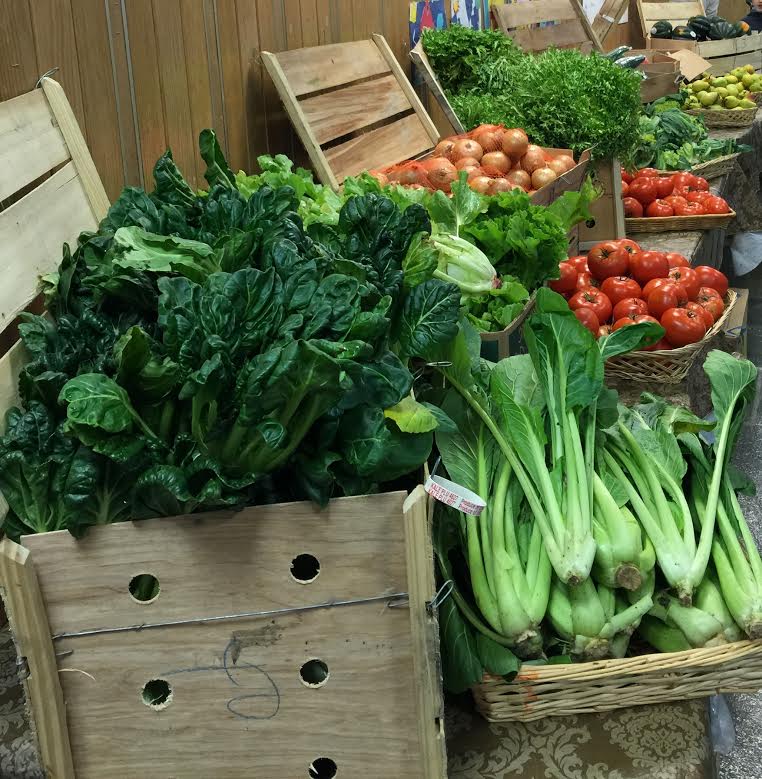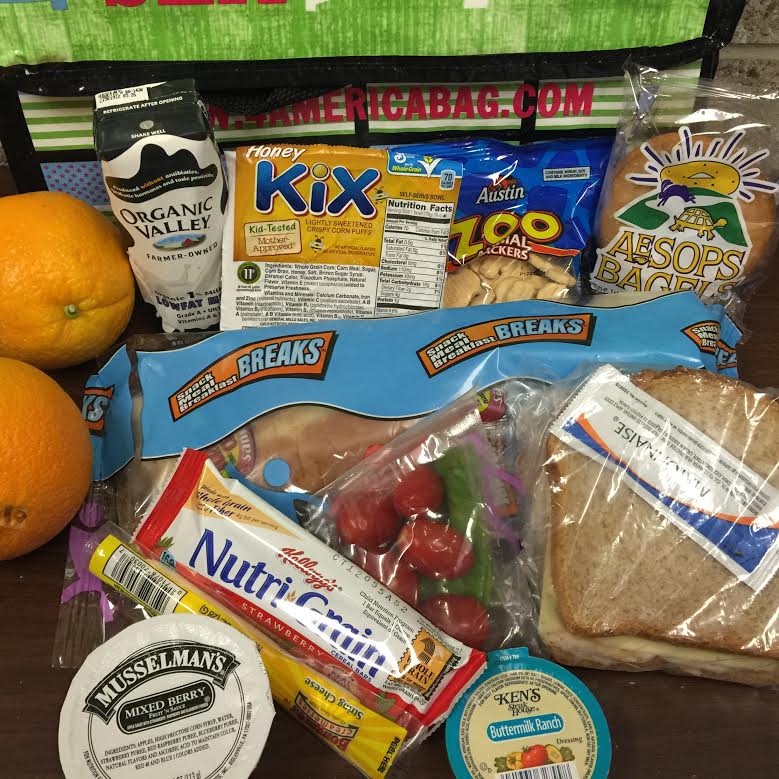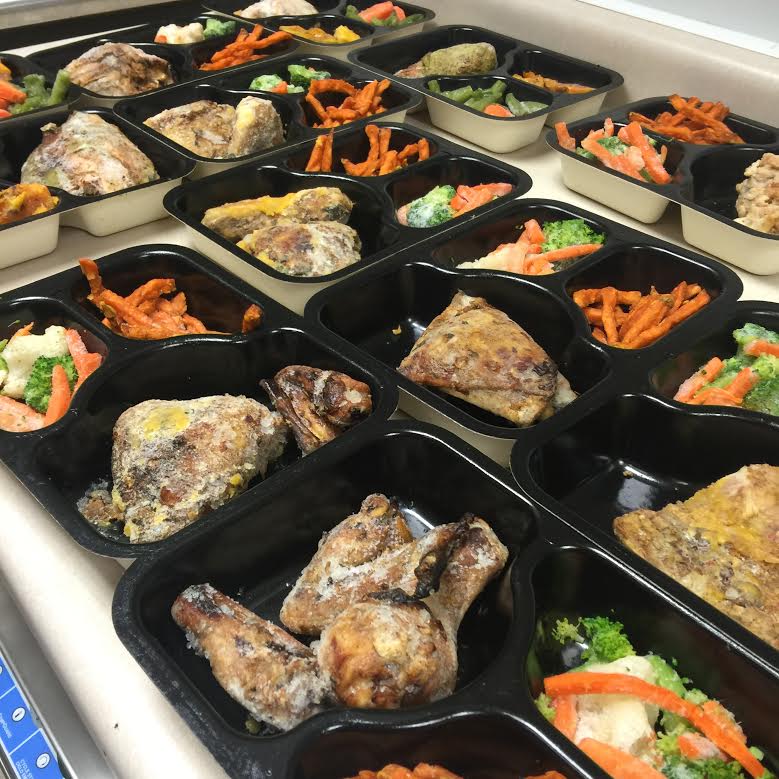Special to the Philanthropy Journal
By Sasha Purpura
Food For Free was born out of love for the community by the community. When a group of concerned residents in Cambridge, Massachusetts saw healthy, nutritious fresh food and produce piled high in dumpsters in the very same neighborhoods where children and families were struggling with food insecurity and hunger, the grassroots effort took off.
The solution was simple. Volunteers rolled up their sleeves and began borrowing vans and making connections with grocery stores, bakeries, local universities, and wholesale stores to help redistribute the surplus food and get it into the emergency food system on  the very same day for consumption.
the very same day for consumption.
Thirty five years later, the heart and mission of Food For Free remains the same. Food waste and food insecurity continues to affect every community, in every state, nationwide. It’s our problem and it’s our neighbor’s problem. We believe that everyone has the right to access healthy, nutritious food.
Compare the cost of fresh broccoli or a few peaches to macaroni and cheese or potato chips. They’re more expensive. Many low-income families struggle to afford fresh fruits and vegetables and instead rely on processed foods as staples, which are typically lower in cost and nutrition and higher in fat, sugar and sodium. Consuming these items ultimately leads to health problems such as obesity, diabetes, and heart disease – an ongoing national emergency. We all can benefit from creating healthier and stronger communities. 
Cambridge, a city not typically known for poverty, is home to elementary, middle, and high schools where nearly 50 percent of its student population receives free or reduced lunch. These are students that rely on the school cafeteria as their primary source of nutrition. Working with school officials, we saw a great need and an opportunity, which solidified a new focus for Food For Free in 2016 – reaching children and families through the school system.
This month, Food For Free adopted the Cambridge Weekend Backpack Program (CWBP) into its family of programming as an added avenue through which to reach students. We also expanded two of our new programs – School Markets and Take Home Tuesdays – to improve accessibility to nutritious food for families in need.
The CWBP discreetly sends home healthy meals on Fridays, packed in the students’ backpacks, ensuring they are better prepared to learn the following week. Backpacks are filled with two breakfasts, two lunches, milk, and fresh fruit for every child in the family.
Offered once a month, in three Cambridge Schools to date, Food For Free hosts School Markets. Beautifully arrayed like a farmers’ market, parents can choose from an incredible selection of fresh fruits and vegetables, as well as household staples such as milk, bread, eggs, pasta, rice, and cereal. The bounty is made available at no cost and is open to all families within the school. It’s convenient, easy, and the schools have done an impressive job branding these Markets to eliminate any stigma for shoppers, making it clear that these Markets are open to all families, regardless of income.
an incredible selection of fresh fruits and vegetables, as well as household staples such as milk, bread, eggs, pasta, rice, and cereal. The bounty is made available at no cost and is open to all families within the school. It’s convenient, easy, and the schools have done an impressive job branding these Markets to eliminate any stigma for shoppers, making it clear that these Markets are open to all families, regardless of income.
Additionally, high-need families are enrolled in Food For Free’s “Take Home Tuesdays” program which distributes nutritious frozen meals consisting of a protein, vegetable, and starch. The meals are packaged in food-safe microwavable containers by volunteers.
The goal of  our school programming is to meet people where they are. Families have so many other struggles on their plate. Providing a healthy meal for their children should not be one of those challenges.
our school programming is to meet people where they are. Families have so many other struggles on their plate. Providing a healthy meal for their children should not be one of those challenges.
People don’t often realize that in wealthy communities there is tremendous need right next to incredible abundance. We are leveraging our infrastructure and going deeper into our communities to find out where there is a waste, and where there is need, and filling those gaps.
Through events such as our Empty Bowls fundraiser taking place on April 16, we bring together local residents to remind them of the need in the community. Upon arrival guests choose a handmade ceramic bowl and are then invited to stand in-line for helpings of soup donated by local restaurants – emulating the experience of a soup kitchen. The bowl is each guest’s keepsake, to serve as a reminder of the many empty bowls in their own backyard.
The public can help by putting pressure on their local markets and encourage institutions and super or smaller markets to donate their surplus food. Ask your school cafeteria or market: What is happening to the excess food? If it isn’t going to feed hungry people in the community, why isn’t it?
The Good Samaritan Food Donation Act covers all businesses and intuitions donating food from a liability standpoint; and in addition to helping one’s community, tax breaks are available for for-profit businesses. Food rescue organizations exist to partner with the community and take the guesswork and logistics out of how to donate surplus food and get it into the hands of those who need it.
Together we can bridge the gap between waste and want.
Sasha Purpura is Executive Director of Cambridge-based Food For Free. Since 1981, Food For Free has responded to local hunger by rescuing food that would otherwise go to waste, and distributing it to local emergency food programs including food pantries, youth programs, shelters, and more. As one of the nation’s first food rescue programs, Food For Free, feeds more than 25,000 families annually in Greater Boston and beyond through a combination of food rescue, farming, and transportation programs. For more information about Food For Free, visit FoodForFree.org or call, (617) 868-2900.






